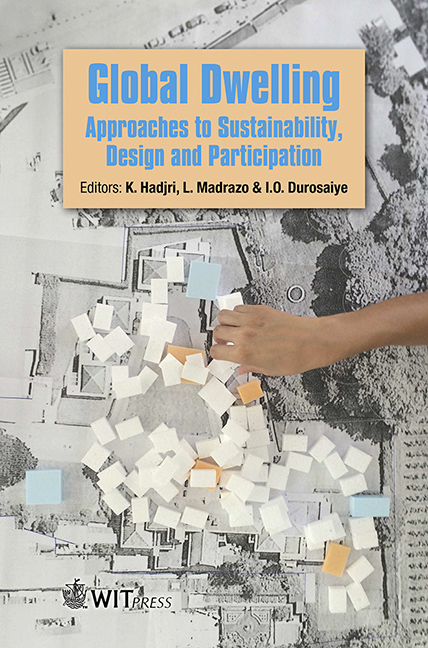Urban Renewal As A Lever For Action In Urban Policy To Make Social Housing Districts More Attractive
Price
Free (open access)
Transaction
Volume
193
Pages
12
Page Range
211 - 222
Published
2020
Size
880 kb
Paper DOI
10.2495/GD170171
Copyright
WIT Press
Author(s)
K. Schaeffer
Abstract
Social housing districts in French suburbs have undergone increasing pauperisation and a trend toward marginalisation for decades. The population is facing social issues, which are associated with the negative image of the districts. Altering large housing areas and transforming the inhabitants’ living conditions have been the primary goals in the French urban policy carried out since 2003. This urban policy has fundamentally intervened in these districts, primarily focusing on their built heritages and on their urban structures. The goal was to reintroduce these districts within the cities, to create social diversity in the housing and to diversify the functions. This urban policy was aimed at changing the image of these districts and at systematically taking the opposite view of a stigmatising modern architecture. The state has chosen urban renewal as the lever for action of its urban policy, in order to change the negative representations of these districts and, especially, to make them attractive to the less vulnerable members of society. Collecting the inhabitants’ social representations and analysing their comments about the results of the projects make it possible to assess how urban renewal can affect the image of these areas. With the social representations of the renewed districts, we can evaluate whether this policy actually helped to make social housing districts attractive and whether these areas improve people’s quality of life or a place that people just put up with. The action of the urban policy in large housing areas has been aimed at re-evaluating the representations of these districts. Urban projects constantly mobilise social representations in order to justify town planning actions. Trying to identify these representations enables one to understand how the perceptions are constructed and how they change. It also helps to assess the extent to which the urban policy interventions on urban and architectural forms have had an impact. This identification is carried out through field investigations after theoretically analysing data from district barometers, from evaluations and others. The comments are collected among the newcomers (newly constructed housing programmes) by means of semi-structured interviews about the urban project. Choosing this category of inhabitants helps in assessing how attractive the area is and also in bringing out the image of the area before its urban renewal, what has induced the newcomers to move in and how they perceive the area now. Analysing the content of the comments and identifying the representations of the particular sites underline the strong and weak points of the urban project, and also show how difficult it is for this policy to change the image of those districts. Social representation is an assessing tool but it can become an action tool in district renewal projects, fostering a participatory approach, from the moment it has been taken into account and it can be reinterpreted within the project.
Keywords
urban renovation projects, social representation, social housing





